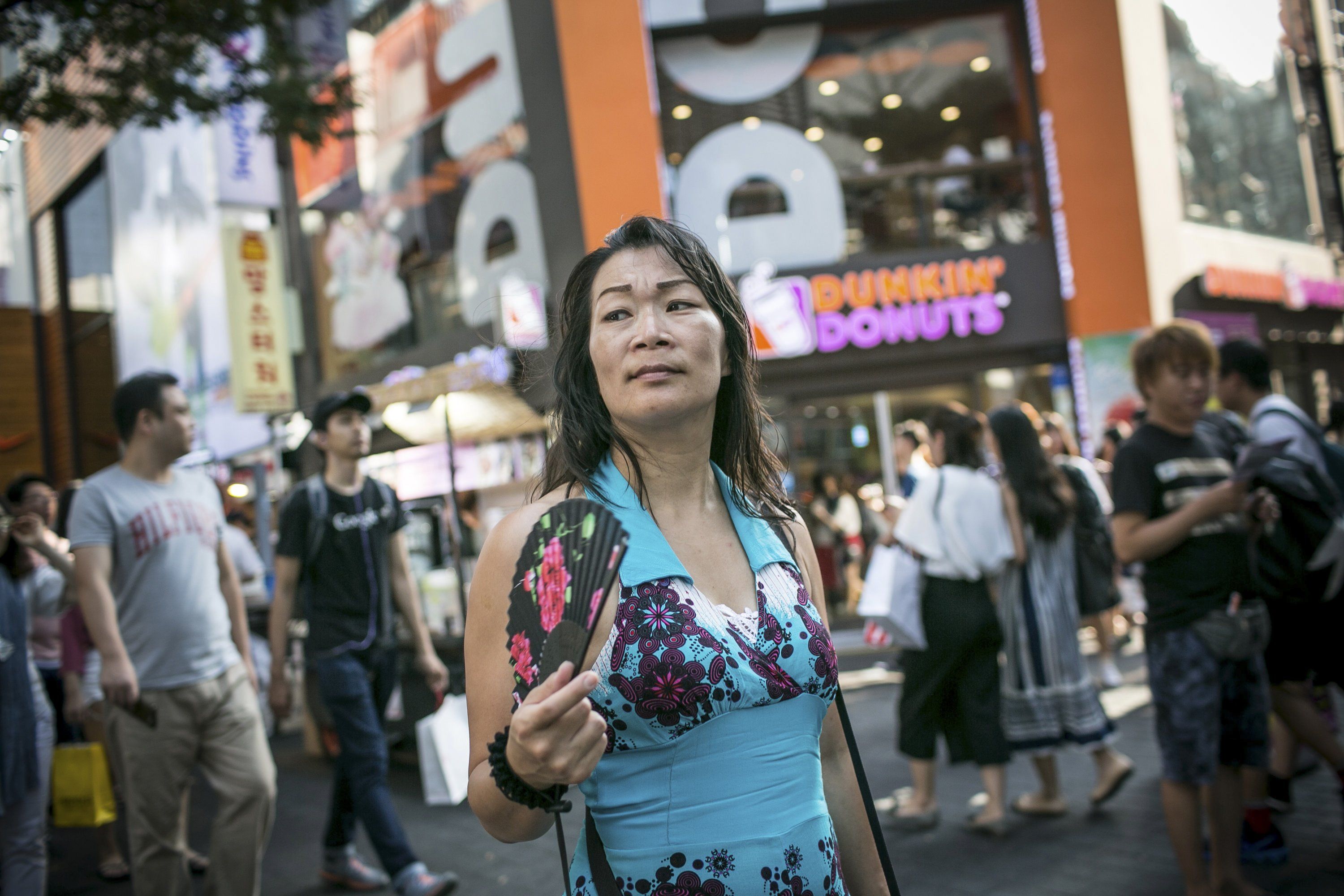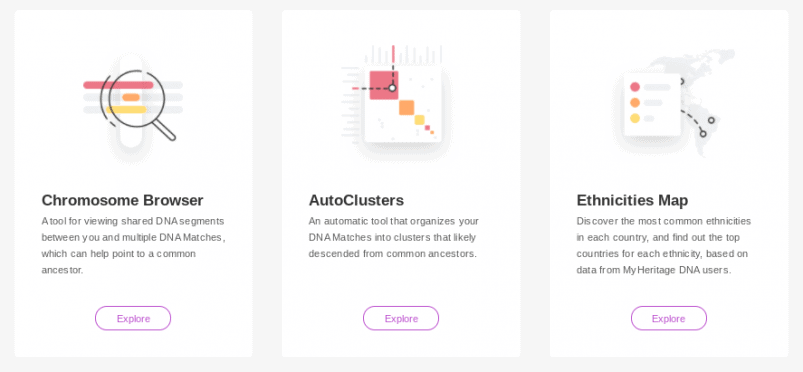

The largest concentration of dolmens in the world is found on the Korean Peninsula. Vovin suggests Old Korean was established in southern Manchuria and northern Korean peninsula by the Three Kingdoms of Korea period, and migrated from there to southern Korea during this period by Goguryeo migrants. Whitman (2012) suggests that the Proto-Koreans arrived in the southern part of the Korean Peninsula at around 300 BCE and coexisted with the descendants of the Japonic Mumun cultivators (or assimilated them). Later, Koreanic-speakers already present in northern Korea started to expand further south, replacing and assimilating Japonic-speakers and likely causing the Yayoi migration. According to most linguists and archaeologists with expertise in ancient Korea, the linguistic homeland of proto-Korean and of the early Koreans is located somewhere in Manchuria, particularly the Liao river. They have links with the Japanese people. Archaeological evidence suggests that proto-Koreans were migrants from Manchuria during the Bronze Age.

Modern Koreans are suggested to be the descendants of the ancient people from Manchuria who settled in the northern Korean Peninsula. Origins Linguistic and archaeological studies 'Great (Sam)han people').Įthnic Koreans living in Russia and Central Asia refer to themselves as Koryo-saram ( Korean: 고려 사람 Cyrillic: Корё сарам), alluding to Goryeo, a Korean dynasty spanning from 918 to 1392. In the chorus of the South Korean national anthem, Koreans are referred to as Daehan-saram ( Korean: 대한사람, lit. Koreans in Japan refer to themselves as Zainichi Chousenjin, Chousenjin ( Japanese: 在日朝鮮人, 朝鮮人) in Japanese or Jaeil Joseonin, Joseonsaram, Joseonin ( Korean: 재일조선인, 조선사람, 조선인) in Korean. Using similar words, Koreans in China refer to themselves as Chaoxianzu ( Chinese: 朝鲜族) in Chinese or Joseonjok, Joseonsaram ( Korean: 조선족, 조선사람) in Korean, which are cognates that literally mean "Joseon ethnic group". The term is derived from the Joseon dynasty, a Korean kingdom founded by Yi Seonggye that lasted for approximately five centuries from 1392 to 1910. North Koreans refer to themselves as Joseon-in ( Korean: 조선인, Hanja: 朝鮮人) or Joseon-saram ( Korean: 조선 사람), both of which literally mean " Joseon people". Korean Americans refer to themselves as Hangukgye-Migukin ( Korean: 한국계 미국인, Hanja: 韓國系美國人). South Koreans refer to themselves as Hanguk-in ( Korean: 한국인, Hanja: 韓國人) or Hanguk-saram ( Korean: 한국 사람), both of which mean "people of the (Sam)han state." When including members of the Korean diaspora, Koreans often use the term Han-in ( Korean: 한인 Hanja: 韓人, lit. Over the course of the 20th century, Korean communities have also formed in the Americas (especially in the United States and Canada) and Oceania.Īs of 2020, there were an estimated 7.5 million ethnic Koreans residing outside Korea. Koreans also form sizeable communities in Europe, specifically in Russia, Germany, United Kingdom, and France. They are also an officially recognized ethnic minority in other Asian countries such as China, Japan, Kazakhstan and Uzbekistan. Koreans are considered the fifteenth-largest ethnic group in the world. Koreans mainly live in the two Korean states: North Korea and South Korea (collectively and simply referred to as just Korea). 'Korean race' see names of Korea) are an East Asian ethnic group native to Korea and southern Manchuria.

Minorities: Christianity (predominantly Protestantism, also Catholics), Korean Buddhism, Korean Confucianism, Korean Shamanism, Cheondoism


 0 kommentar(er)
0 kommentar(er)
